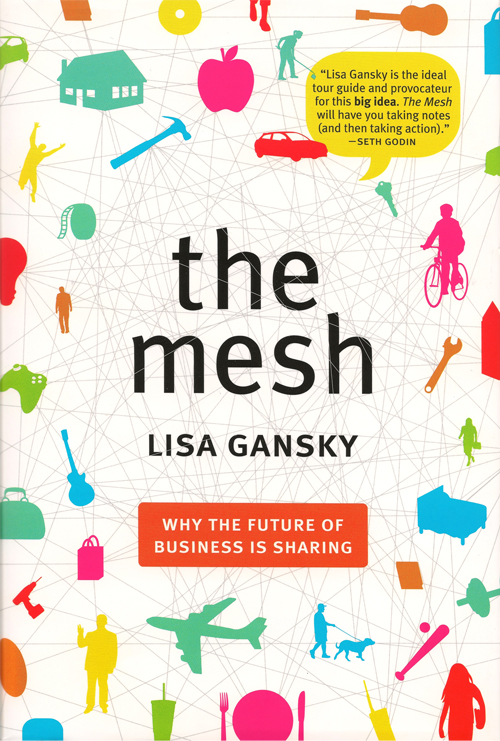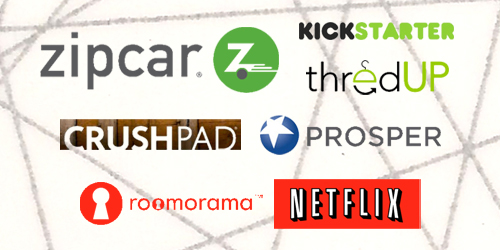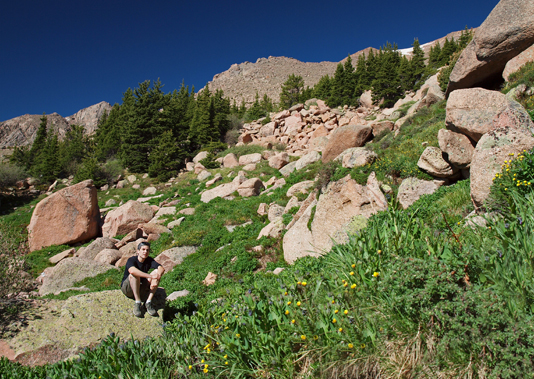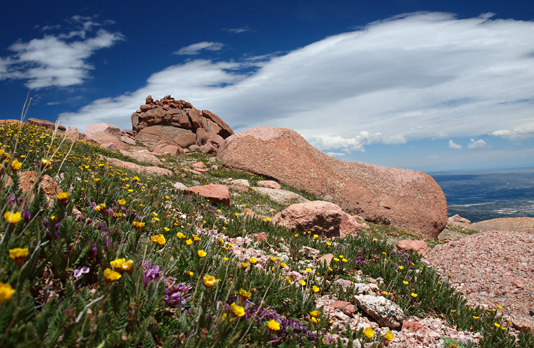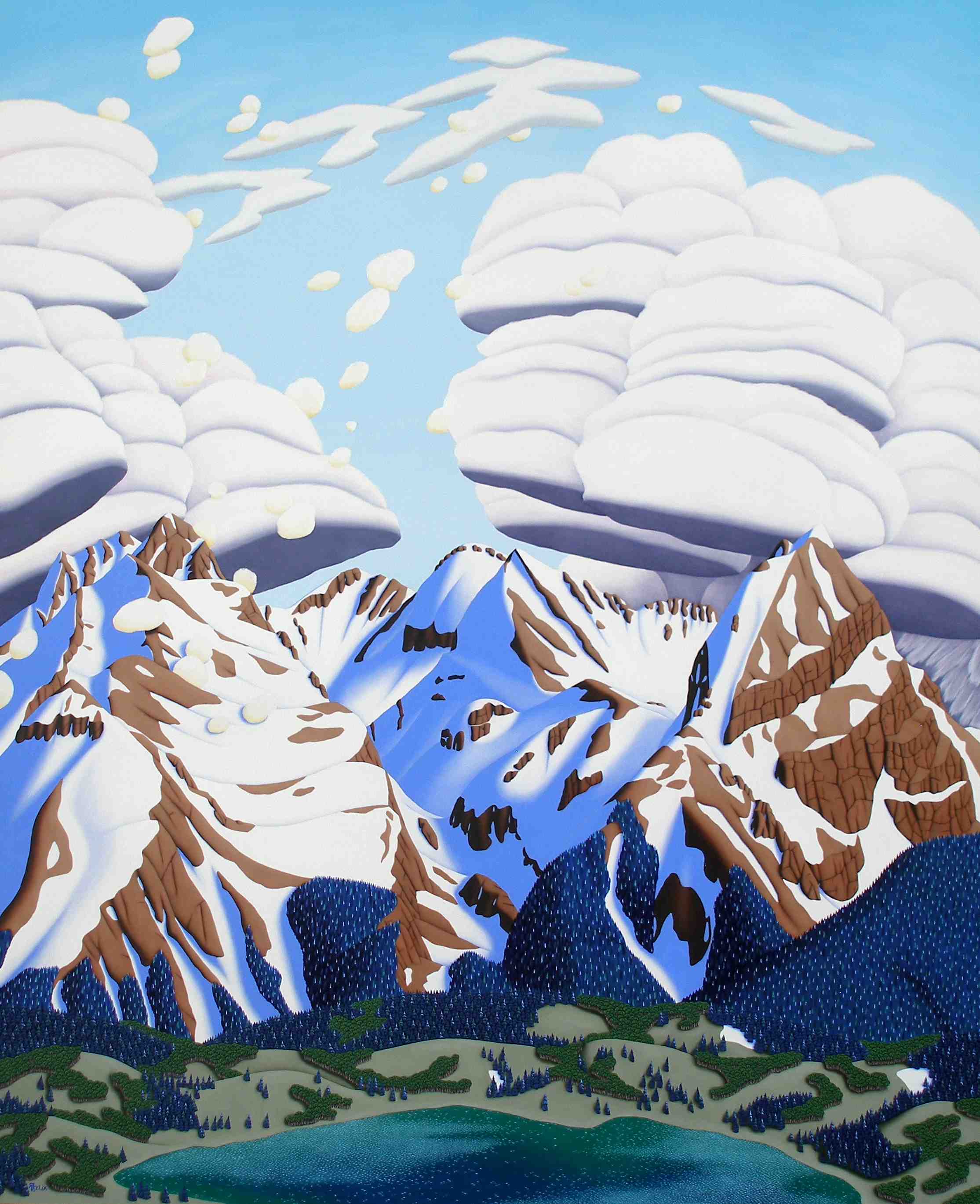If you’ve already dropped your New Year’s resolution and you’re looking to pick up a new one, I recommend that you start to Crush It! The concept is laid out by Gary Vaynerchuk in his book of that title. I wrote about it late last year.
The subtitle of the book is Why Now Is The Time to Cash In on Your Passion. In it, Vaynerchuk advocates that you put family first, do what you love and work super-hard. Tools are now available to help you build your personal brand and monetize your personal passion. It involves a ton of hard work, but your passion should continue to pull you in such a way that it doesn’t feel laborious.
In thinking again about the key takeaways, I realized that a friend of mine is starting to Crush It! My favorite part: I don’t think he’s explicitly trying – he’s just doing what comes naturally.
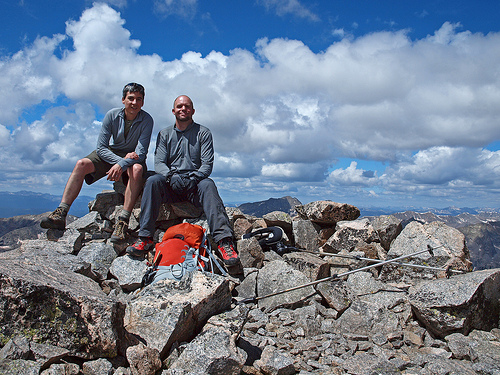
From Left to Right: Ethan Beute and Matt Payne on the summit of Emerald Peak, Sawatch Range, Collegiate Peaks Wilderness, Colorado
Matt Payne’s got a full-time management job with Peak Vista Community Health Centers here in Colorado Springs. He’s a husband and father. He’s also a mountaineer at heart. Matt achieved the summit of his first “fourteener” (14,000+ foot peaks for which Colorado is famous) at the age of 6.
After losing touch with this innate passion, he decided a year or two back to revisit a long-time goal to climb the top 100 peaks here in Colorado. Researching the peaks, planning the trips, getting new and necessary gear, locating and screening climbing partners – it all consumes a great amount of time. He layered on another set of tasks by committing to shoot photos and write trip reports, which he’d post to a personal blog (now defunct, more on that next) and to other sites, like SummitPost.org and 14ers.com.
Both SummitPost and 14ers have good features, active communities and loads of information. Not perfectly satisfied with either site, though, Matt taught himself Joomla, a content management system, and built 100summits.com from scratch. He’s since added loads of features (interactive map of all the Colorado mountain ranges, deals of the day, photo sales and tons more – like an algorithmic breakdown of summit “impressiveness”). The blog has turned into a series of Examiner posts.
The new skills he taught himself by building a website with no prior programming experience has resulted in potentially revenue-generating outcome – offers to built others’ sites. Consider, too, that the Examiner series is revenue-generating (authors are paid per page view). Add in the various revenue-generating aspects of the site (he gives away 25% to the Colorado Fourteeners Initiative and the Rocky Mountain Field Institute). Also consider the value of building a community around such a focused concept – climbing the 100 highest peaks in Colorado.
In short: Matt’s using newly available tools (like Facebook) to begin to monetize his personal passion. These efforts eat up nights and weekends. It’s a sacrifice. The revenue’s not nearly enough to boot the day job (it may be just enough to buy new gear), but he’s building an asset for himself, for his family, for their future. The best part: he’s loving every minute of it (or most, anyway).
Related: his wife, Angela, is taking a more blended old-school/new-school route. We were one of her earliest customers, ordering holiday cookies that she baked and sent to our family’s homes across the country. Check out The Sweet Shop on Facebook.
Their efforts are young; I’m excited to see where it all goes. So, will you start to crush it this year?
Photos from our visit to Collegiate Peaks Wilderness to summit Missouri, Iowa and Emerald Peaks are right here.
Photos from our visit to the Sierra Blanca to summit Mount Lindsey, Iron Nipple and “Huerfano” Peak are right here.
2017 UPDATE
Years after writing this post, Matt continues to drive into his passion for landscape photography.
See that passion on display at his photography website and in his landscape photography podcast.
